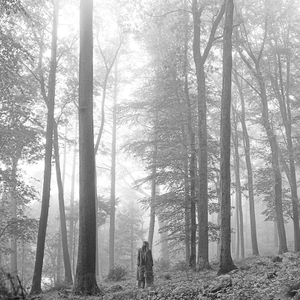Stamp: Folklore (Switzerland 1984)
Folklore (Switzerland 1984)
01 February (Switzerland ) within release Folk customs goes into circulation Stamp Folklore face value 10 Swiss centime
| Stamp Folklore in catalogues | |
|---|---|
| Michel: | Mi:CH 1101Du |
| Yvert et Tellier: | Yt:CH 1034d |
| Zumstein: | Zum:CH 595H2II |
Stamp is horizontal format.
Cut at the bottomAlso in the issue Folk customs:
- Stamp - Sternsingen, Bergün face value 5;
- Stamp - Sechseläuten, Zürich face value 10;
- Stamp - Gansabhauet, Sursee face value 35;
- Stamp - Achetringele, Laupen face value 50;
- Stamp - Folklore face value 5;
- Stamp - Folklore face value 5;
- Stamp - Folklore face value 5;
- Stamp - Folklore face value 10;
- Stamp - Folklore face value 10;
- Stamp - Folklore face value 10;
- Stamp - Folklore face value 35;
- Stamp - Folklore face value 35;
- Stamp - Folklore face value 35;
- Stamp - Folklore face value 50;
- Stamp - Folklore face value 50;
- Se-tenant - Gansabhauet, Sursee face value 2*35;
- Se-tenant - Achetringele di Laupen face value 2*50;
- Se-tenant - Gansabhauet Sursee face value 4*35;
- Se-tenant - Achetringele Laupen face value 4*50;
- Se-tenant - Sternsingen Bergün face value 4*5;
- Se-tenant - Sternsingen Bergün face value 2*5;
- Booklet - Folk Customs face value 5;
Stamp Folklore it reflects the thematic directions:
Folklore is the body of expressive culture shared by a particular group of people; it encompasses the traditions common to that culture, subculture or group. These include oral traditions such as tales, proverbs and jokes. They include material culture, ranging from traditional building styles to handmade toys common to the group. Folklore also includes customary lore, the forms and rituals of celebrations such as Christmas and weddings, folk dances and initiation rites. Each one of these, either singly or in combination, is considered a folklore artifact. Just as essential as the form, folklore also encompasses the transmission of these artifacts from one region to another or from one generation to the next. For folklore is not taught in a formal school curriculum or studied in the fine arts. Instead these traditions are passed along informally from one individual to another either through verbal instruction or demonstration. The academic study of folklore is called folkloristics.
The horse (Equus ferus caballus) is one of two extant subspecies of Equus ferus. It is an odd-toed ungulate mammal belonging to the taxonomic family Equidae. The horse has evolved over the past 45 to 55 million years from a small multi-toed creature, Eohippus, into the large, single-toed animal of today. Humans began to domesticate horses around 4000 BC, and their domestication is believed to have been widespread by 3000 BC. Horses in the subspecies caballus are domesticated, although some domesticated populations live in the wild as feral horses. These feral populations are not true wild horses, as this term is used to describe horses that have never been domesticated, such as the endangered Przewalski's horse, a separate subspecies, and the only remaining true wild horse. There is an extensive, specialized vocabulary used to describe equine-related concepts, covering everything from anatomy to life stages, size, colors, markings, breeds, locomotion, and behavior.


